Temperature Rating
wxtrender
10 years ago
Related Stories

GREEN BUILDINGInsulation Basics: Designing for Temperature Extremes in Any Season
Stay comfy during unpredictable weather — and prevent unexpected bills — by efficiently insulating and shading your home
Full Story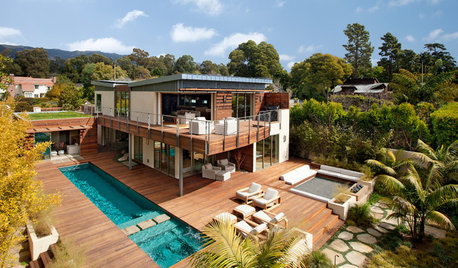
GREEN BUILDINGHouzz Tour: High-End Luxury, Highest Ecofriendly Rating in California
Solar panels and energy savers let this posh LEED Platinum home produce as much energy as it consumes
Full Story
GREEN BUILDINGWhat's LEED All About, Anyway?
If you're looking for a sustainable, energy-efficient home, look into LEED certification. Learn about the program and its rating system here
Full Story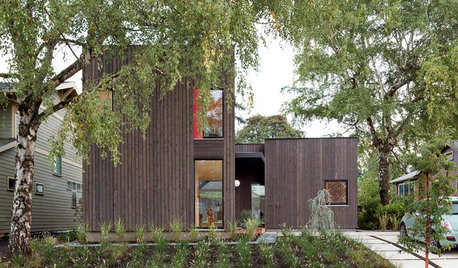
GREEN BUILDINGHouzz Tour: Passive House Principles, Active Benefits in Portland
Lower energy bills and consistent temperatures are just two of the advantages of this architect’s newly built home
Full Story
GREAT HOME PROJECTSHow to Add a Radiant Heat System
Enjoy comfy, consistent temperatures and maybe even energy savings with hydronic heating and cooling
Full Story
FLOORSIs Radiant Heating or Cooling Right for You?
Questions to ask before you go for one of these temperature systems in your floors or walls (yes, walls)
Full Story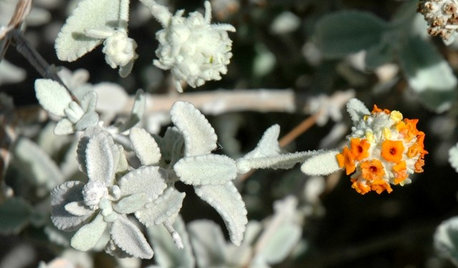
GARDENING GUIDESGreat Design Plant: Buddleja Marrubiifolia
Beautiful color, soft texture and the ability to thrive in the extreme temperatures of the Southwest make woolly butterfly bush a winner
Full Story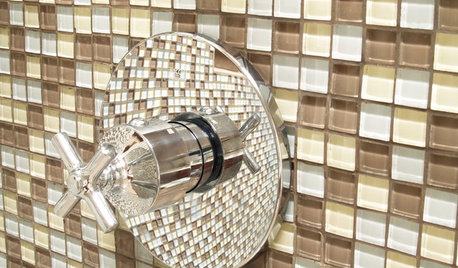
BATHROOM DESIGNConvert Your Tub Space to a Shower — the Fixtures-Shopping Phase
Step 2 in swapping your tub for a sleek new shower: Determine your mechanical needs and buy quality fixtures
Full Story
LIGHTINGWhat to Know About Switching to LED Lightbulbs
If you’ve been thinking about changing over to LEDs but aren't sure how to do it and which to buy, this story is for you
Full Story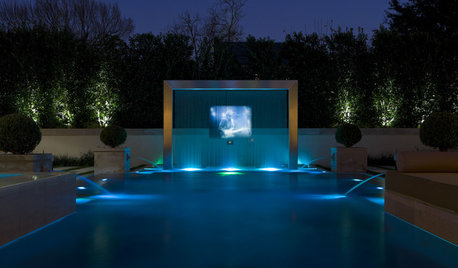
GARDENING AND LANDSCAPING8 Pool Water Features That Venture Into Fantasy
Mimic a mermaid in a secret grotto, wade near a waterfall or pose by a pond. These pool designs let imagination take the lead
Full Story








Ron Natalie
Stevie51
Related Professionals
Ashland Electricians · Bay Shore General Contractors · Centereach General Contractors · Hampton General Contractors · Los Alamitos General Contractors · Milford Mill General Contractors · Post Falls General Contractors · Randolph General Contractors · Shaker Heights General Contractors · Wheaton General Contractors · Alafaya Solar Energy Systems · Maple Grove Solar Energy Systems · Wakefield Solar Energy Systems · Payson Solar Energy Systems · Palo Alto Home Automation & Home Mediabus_driver
randy427
Stevie51
bus_driver
weedmeister
Stevie51
bus_driver
glennsparky
Bruce in Northern Virginia
dudleydorightdad